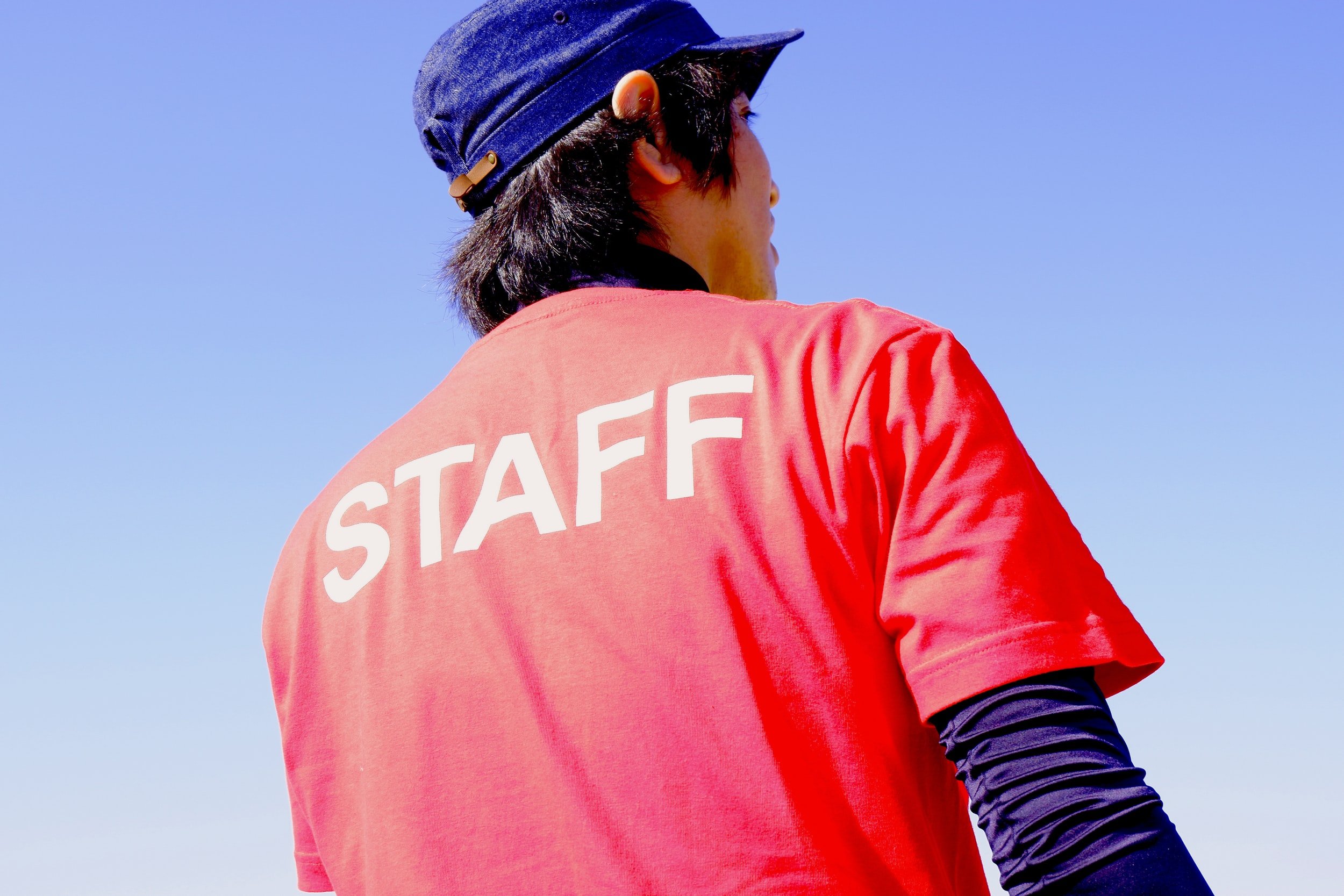Extending The Educational Experience: Summer Enrichment
Extending the educational experience for students is not a new concept or concern brought on by pandemic-related school closures. The role of summer learning has followed the complex rhythm of current trends set by society for as long as its existence. Summer break has become a season to focus on popular movements throughout history.
In the 19th century, a well-ordered social system depended on a person's relationship with the land and established the agrarian tradition on principles of soil conservation, crop husbandry, and farm management. This agrarian society, a society that depended on agriculture as its primary means for support, is usually credited as the earliest influence on the current school calendar since children supplied essential labor on the family farms. School calendars and summer vacation have a far more complex history than that, and some argue it had nothing to do with helping out on the family farm. In the past, agrarian needs and economic needs might have encouraged school systems to implement breaks, but historian Kenneth Gold thinks the current summer vacation was designed more intentionally.
The school year was made as long and as open as possible at the turn of the 19th century because it was difficult (and expensive) to mandate attendance. Schools with longer calendars were often considered better schools and perceived as more effective by the general public. This system came under scrutiny and criticism as stifling heat and epidemics led to high absentee rates making the summer months extremely hot and unhealthy. When tuberculosis plagued the United States, public health campaigners argued that it was unhealthy for kids to be cooped up in classrooms and pushed for as much outdoor play and instruction as possible. Additionally, there was emerging research that stressed the benefits of fresh air and emphasized the need for kids to play and exercise outdoors as essential for development.
As summer approached, affluent families began taking their children out into the countryside for a cool respite from the heat. Summer months became notorious for high absenteeism, and school reformers pushed to suspend classes during the summer in order to make the school calendar more consistent across rural and urban areas. Disease, heat, and vacations all influenced summer's special status on the calendar without much (if any) thought given to student achievement. We know today that the absence of a conversation around academic achievement in the decisions that shaped the modern school calendar played a role in the phenomenon researchers call the "summer slide".
History and Low Academic Achievement
The role of education has a history of changing with the needs of society. Early American schools were not known for teaching academic subjects like math or reading; rather, they focused on the virtues of family, religion, and community. October 4, 1957, saw the Soviet Union launch the Sputnik satellite, which forever changed the educational landscape. A radio transmission from Sputnik signaled not only that the Soviet Union had beaten America in the first leg of the space race, but that Washington needed to reform science and engineering education to remain a superpower. A few tenths of a second was all it took to shock the nation into action. For reformers, science, technology, and engineering education became a priority as they encouraged students to strengthen their skills through increased study time. To combat this trend, summer school became a prominent part of the movement. During these sessions, students could take accelerated mathematics and science classes.
America was witnessing the dawn of the space age as issues of race, democracy, and social justice were transforming the country. Education was beginning to feel the impact of society's struggle to reach a more egalitarian state. Having won the landmark Brown v. Board of Education Supreme Court case, which outlawed segregation in schools in 1954, the civil rights movement was in full swing. Although schools were seen as institutions to enact social change, the South remained segregated. Summer schools were established as part of an organized effort to achieve social, political, and economic equality for African Americans during the Civil Rights Movement. The Freedom Schools were envisioned as both a political and educational project aimed at providing academic classes and educating elementary and high school students to become social change agents. Students were the central focus of curriculum and instruction, which was divided into three sections: Academic Curriculum, Citizenship Curriculum, and Recreational Curriculum. Discussion rather than lecturing was encouraged to promote comprehension and expression of students' experiences. During the Freedom Summer of 1964, which saw more than 40 Freedom Schools set up across Mississippi, over 3,000 students attended Freedom Schools.
While the nation continued with efforts to increase opportunities for disadvantaged minorities, student achievement was low and many people believed the nation was in the midst of an educational crisis. After multiple studies exposed national and international educational underachievement, quality became an overriding concern over equality. The research showed that the education system wasn't producing a competitive workforce. In 1981, Ronald Reagan's Secretary of Education, Terrel H. Bell, created the National Commission on Excellence in Education to examine the quality of education in the US. The commission published A Nation at Risk, which was instrumental in launching the movement to improve education in the United States. Among five recommendations from the report, one called for schools to add more instructional time to help close achievement gaps. The report recommended schools implement a 200- to 220- day school year and 7-hour school day and summer school programs were implemented as one solution to low academic performance.
By the 1990s, summer school had become a tool for remedial instruction and for implementing accountability among students and schools. A congressionally mandated overview of state requirements for school coursework and attendance was released in 1992 by the National Center for Education Statistics (NCES). Assuring school accountability for student performance and individual success was a key component of education reform during the 1990s. Remediation summer school programs were designed to assist students who had a hard time mastering the content or had failed the minimum competency tests required by their school districts or states.
The pandemic has exposed underlying issues in the education system. As society progresses, education systems must adapt to set students up for a better tomorrow. The impact of remote learning forced educators and administrators to address the arguments to be made on both sides as some students embrace the change while others continue to struggle. Currently, truancy and failure rates continue to soar as an alarming number of students face the harsh reality of having to repeat grades. Concern for student safety is not limited to their physical health but extends to their social, emotional, and mental wellbeing. Schools are no longer just working towards equality in education but shifting the focus on meeting specific individual needs to create an equitable learning environment. As educators work to reimagine education, some school districts are using federal stimulus money to offer voluntary and free STEM-themed summer school programs to help students catch up before fall. Programs like these offer students the opportunity to accelerate their learning, especially for those whose learning is affected most by disruptions during the school year.
Currently, most schools have 180 days of school per year with a break between school sessions and a summer vacation lasting around 11 weeks between May and June and ending in August or September. Nations with more than 180 instructional days or with a longer academic year perform better than American schools, according to several studies. The tradition of summer vacation is a staple in our culture and even though many attempts have been made to change the calendar, year-round schooling has not been readily accepted. Because summer is regarded as a time for vacation and relaxation, seasonal industries are dependent on the summer break for their revenues. To extend the educational experience, researchers have studied and recommended enriching summer programs, summer school, and even yearround schooling.
Summer programs were designed to provide students with extended learning experiences. They provide educational opportunities with the purpose of enrichment while also helping students to pursue their areas of interest and strengths. Summer programs today generally fit into one of the following five categories.
1 Enrichment or supervised programs that provide educational, athletic, or cultural development
2 Summer school for remedial and compensatory education
3 Summer school for accelerated progress
4 Extended school year or services beyond the school year for eligible students with disabilities
5 Summer Employment
Enrichment
There is substantial research that shows that the camp experience enriches lives and has a life-long psychological impact on children. Through experiences like summer camps, children can build self-esteem, self-worth, self-respect, and self-respect. Studies that suggest play is essential for the development of learning and memory strongly contradict the arguments made by those who minimize the role of summer camps as unstructured free time rather than quality enrichment. Even if there is downtime in a program's schedule, chances are that a child is learning to be independent and to connect with others and/or nature.
Summer camps have evolved greatly beyond means of escaping modern life or keeping children "off the streets". Historically, camps were seen as programs used to inspire a sense of community, hone skills, and develop self-sufficiency. While this function is still served today, the purposes of summer camps extended the educational experience to combat the "summer slide" and prepare children for a professional future. Summer camps today provide academic, athletic, and cultural enrichment through a wide variety of specialized activities. They are also adapting to the diverse interests and needs of campers to provide tailored experiences, as evidenced by many programs that offered virtual programming during the shuttering of their campuses.
Summer School for Remediation
Summer school is an educational program that is usually run by a school or a private company to offer lessons and educational activities. The majority of students who require summer school have low academic achievement due to absence, failure, or lack of preparedness. These classes assist underprepared students in achieving expected competencies in core academic skills such as literacy (English and Reading), numeracy (Math), and science to meet high academic standards. In addition to offering supplementary programming, this type of education aims to improve educational achievement and stability for children at risk of disadvantage.
Summer School for Accelerated Progress
Some students benefit from the opportunity to study concepts with greater depth, breadth, and complexity during the summer. They may use the summer to get ahead, get ahead of schedule, or even to lessen their class load during the school year. Summer abroad and summer travel programs are becoming increasingly popular options for young students and adults who want advanced academic content and cross-cultural education. These programs provide an introduction to higher-level learning and an opportunity to explore a pre-college experience. They can run from a couple of weeks to a couple of months and while they are typically offered at colleges and universities, some independent schools offer them as well.
Extended School Year
Not to be confused with year-round school, Extended School Year (ESY) is an individualized instructional program that provides specialized instruction or related services to maintain the academic, social/ behavioral, communication, or other skills for eligible students with disabilities at no cost to parents. Individualized Education Programs (IEPs) should be used to determine a child's eligibility for Extended School Year services. Extended School Year services are provided when school is not typically in session or during extended breaks but is not the same thing as summer school.
Summer Employment
Feeling more independent but still unsure of how to handle all the responsibilities of adulthood? It can be difficult for parents of middle- and high-school students to choose between summer camps for elementary schoolers and traditional summer jobs. There are fortunately programs aimed at preparing teens for real-life experiences with real-world experiences that offer a perfect middle ground.
Counselor-in-training (CIT) programs are designed for students who are too young to be counselors but too old to be campers. The program is for kids between the ages of 13 and 17 who are eager to take on more responsibility in a fun camp environment. They spend the summer learning about their interests and strengths through different roles that reinforce operation, management, and leadership skills. While some programs may offer their CITs service hours or stipends at the end of the summer, they are not paid jobs and CITs are still considered campers and not employees. Some programs may even cost money as most camps investing in a CIT program have dedicated staff to manage the program.
The Summer Youth Employment Program (SYEP) is a popular mentoring program that provides subsidized employment for students as young as 14 during the summer months. It is a strategy that teaches work ethics, financial literacy, and independence through seasonal, entry-level work. This dynamic program offers a true learning experience designed to prepare youth for the future workforce through a variety of clerical and assistant roles.
While the debate on year-round schooling doesn't seem to be moving the needle, summer programs are a great way to extend the educational experience in a personalized format. Children are as different as the programs that offer enrichment during the summer. Tuning into your child's needs, skills, and interests will help you find one that provides a safe place for them to take risks, explore the world, and find themselves. ▪








